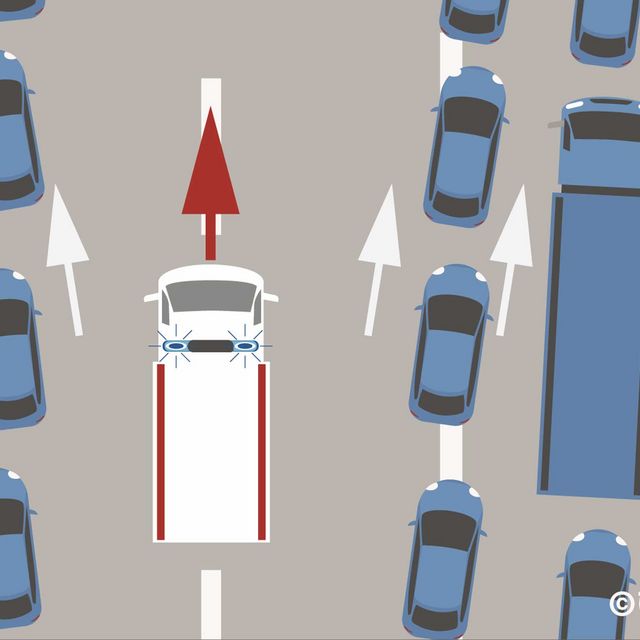Tickets for buses and trams
For public transport within the city, it is best to buy tickets from the ticket machines located at the stops. This gets you the cheapest rate, however the machines don't give change. If you do not have the exact amount, you can pay with your Maestro card. Tickets are also available at advance sale prices from the tobacconists. At Innsbruck Information on Burggraben road, you can purchase day tickets, single tickets, monthly passes and 8-ride tickets. It is better not to buy tickets from the driver on the bus, they are more expensive. Please note: If you do decide to buy your ticket on the bus, you need coins or small notes. Bus drivers accept at most 20 euro notes.
Our tip:
If you shop, you ride for free. If you buy something from a shop in the city centre, ask for the "Innenstadtkarte" (city centre ticket). The sales staff will give you a ticket, depending on availability, which entitles you to one free journey on the bus or tram. Alternatively, you can use it for 30 minutes of free parking. If you have several city centre tickets, several people can ride on the public transport or you can extend the parking time.
By car in Innsbruck
If you are driving in Austria, either in your own car or a rental vehicle, you must observe the following rules. Safety vests are required in addition to the standard breakdown triangle and first aid kit. On the motorway, you may only leave your vehicle in the case of a breakdown or accident when wearing a safety vest. For safety reasons, children may only travel by car in an appropriate child seat for their size.
If you are planning on driving on the motorways in Innsbruck, please note that a "Vignette" (road tax disk) is required for travel on Austrian motorways. Vehicles without a valid vignette on the windscreen pay a fine. This also applies to motorcyclists. Vignettes are available to petrol stations, usually also from motorway service stations and from certain other sales outlets..
Quiet as a mouse at night
To ensure local residents get a good night's sleep, certain speed limits apply at night in order to avoid noise. From 10 pm to 5 am, the following applies:
- Trucks over 7.5 tons max. 60 kilometres per hour
- Buses max. 90 km/h
- Cars and motorbikes max. 110 km/h
These limits apply on the following motorways:
- A10 Tauernautobahn except the Tauern and Katschberg tunnels
- A12 Inntalautobahn for the entire distance (except when a 100 km/h speed limit applies as determined by the Austrian Ambient Air Quality Act (IG-L))
- A13 Brennerautobahn for the entire distance
- A14 Rheintalautobahn for the entire distance




